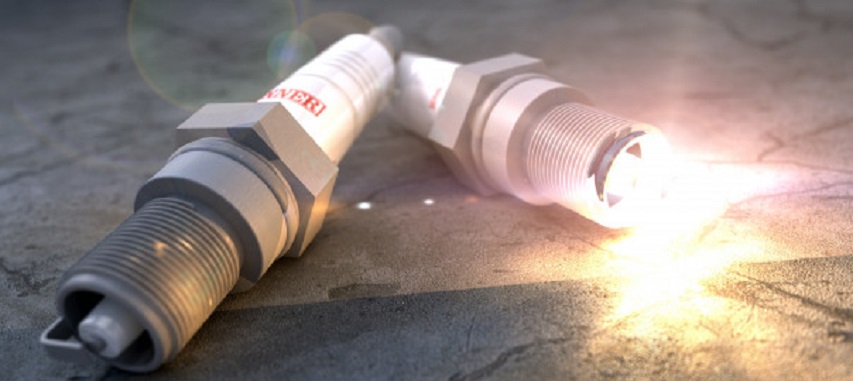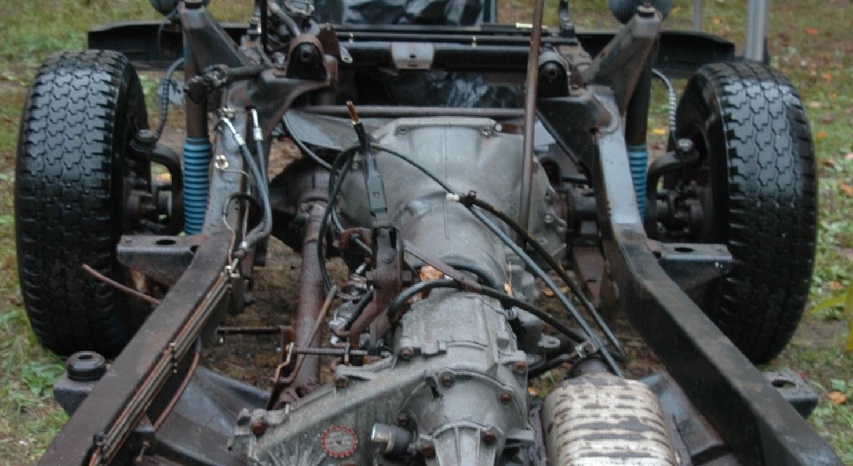Revitalize Your Engine: How to Clean Your Stained Coolant Overflow Reservoir with Common Household Items
Cleaning the coolant overflow reservoir is an essential task for maintaining the cooling system of your vehicle. A dirty and contaminated reservoir can lead to overheating and damage to your engine. In addition to using water and soap to clean the reservoir, you can also use household bleach and rice to remove stubborn dirt and stains. This article will outline the steps for cleaning a coolant overflow reservoir using bleach and rice.

Step 1: Gather the Materials
To clean your coolant overflow reservoir, you will need:
- A clean cloth
- A funnel
- A container to collect old coolant
- Warm water
- Household bleach
- Uncooked rice
Step 2: Drain the Old Coolant
Remove the drain plug at the bottom of the reservoir and allow the old coolant to drain into a container.

Step 3: Prepare the Cleaning Solution
Mix a solution of 1 part bleach to 10 parts warm water. This solution will disinfect and remove any stubborn stains from the coolant reservoir. Add the solution to the reservoir.
Step 4: Add the Rice
Add a handful of uncooked rice to the reservoir. The rice will act as an abrasive and help remove any stubborn dirt or debris.

Step 5: Scrub the Reservoir
With a clean cloth or brush, scrub the inside of the reservoir for several minutes, paying particular attention to any areas that are heavily stained or dirty. The rice will help loosen and remove stubborn dirt.
Step 6: Rinse the Reservoir
Once you have finished scrubbing the reservoir, drain the cleaning solution and rice into a container. Rinse the reservoir thoroughly with warm water, making sure to remove any remaining bleach or rice. Use a clean cloth to dry the inside of the reservoir.
Step 8: Reinstall the Reservoir
Reinstall the coolant overflow reservoir, tightening the drain plug (if applicable) and any mounting bolts to the correct torque specification. Start the engine and check for leaks or abnormalities in the cooling system.

Step 7: Refill the Reservoir with Coolant
Once the reservoir is dry, use a funnel to add new coolant to the reservoir. Be sure to fill the reservoir to the appropriate level, which is usually indicated by a line on the side of the reservoir.

In conclusion, cleaning a coolant overflow reservoir is a simple but essential maintenance task for your vehicle. Using household bleach and rice can help remove stubborn dirt and stains from the reservoir. By following the steps outlined above, you can clean the reservoir effectively and keep your engine running smoothly.




